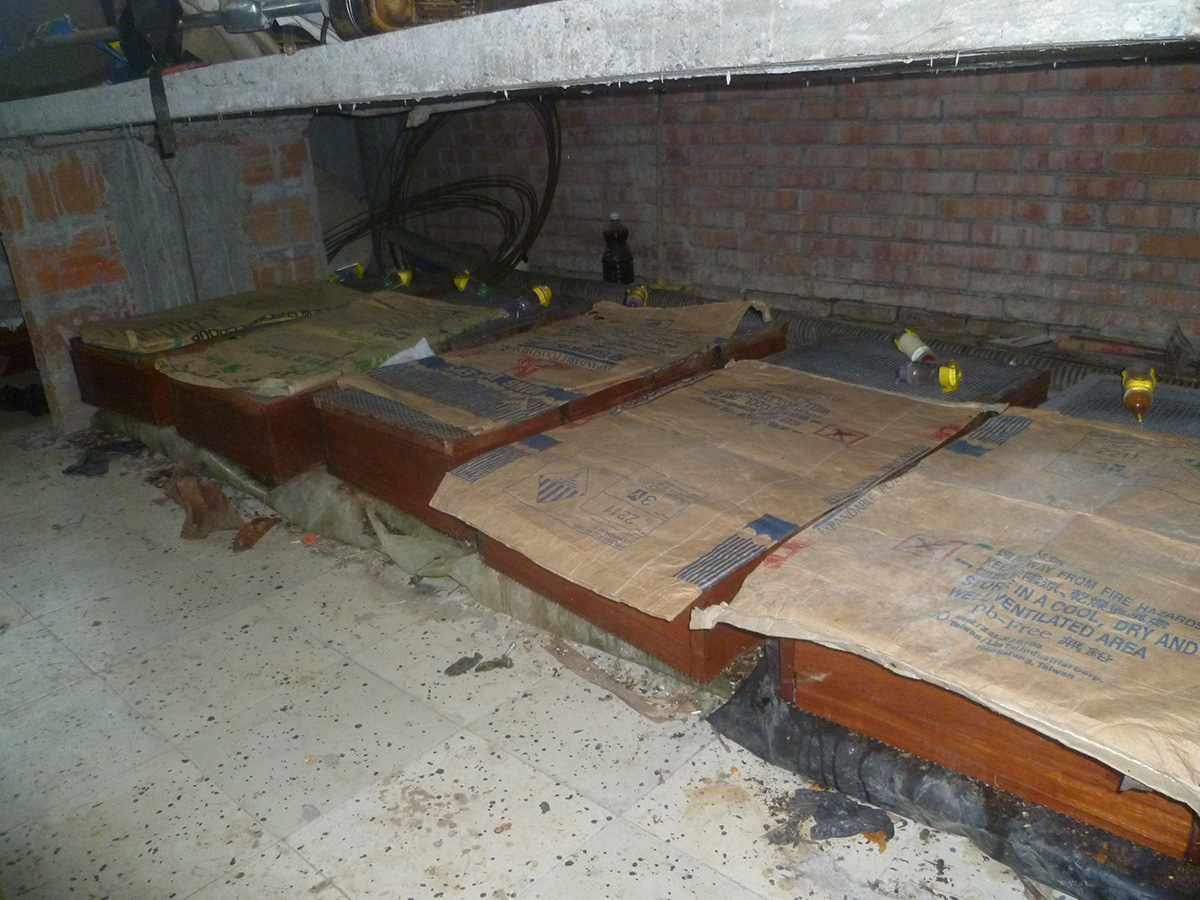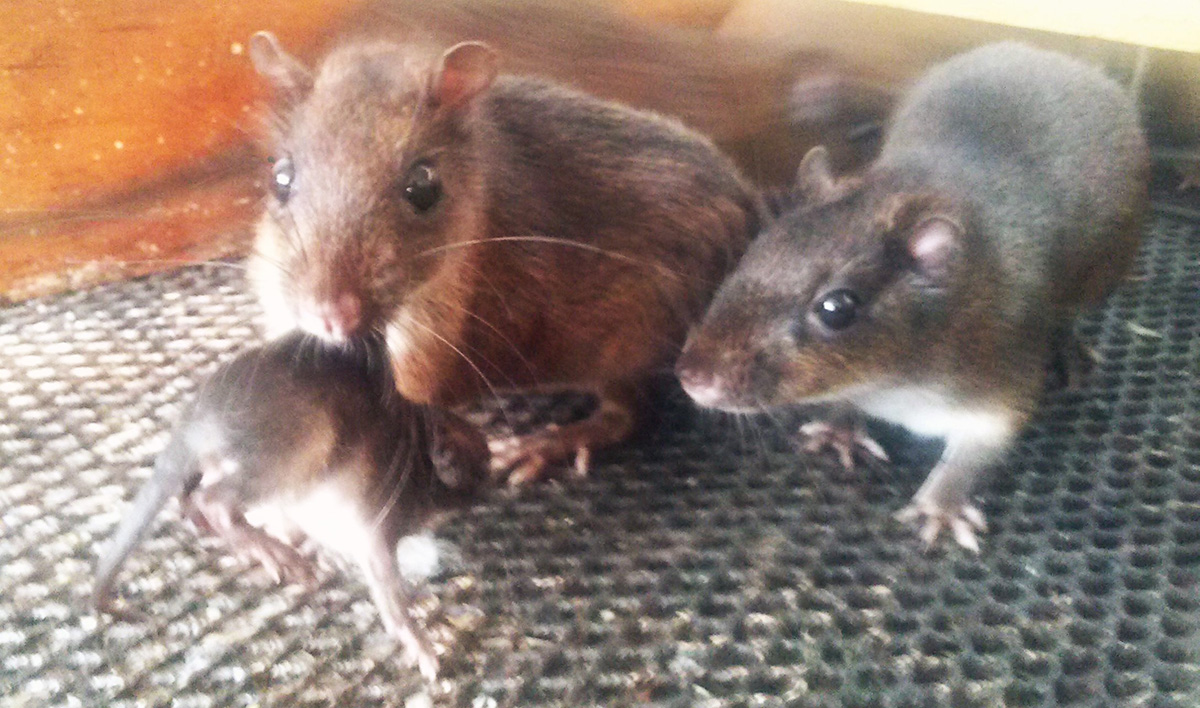These rats are used as sustenance fauna for the indigenous and Afro-Colombian communities which live far from urban centers. Tome"s spiny rat and other similar species are in danger of extinction which as opposed to the common rat, their reproductive cycle is more complex.
"Due that these communities mainly live from fishing, this resource is increasingly becoming more scarce so they have no other alternative than to go hunting with artisanal traps", said Alexis Aguilera Arango, Universidad Nacional de Colombia (UNal) in Palmira, Animal Production M.Sc.
This meat is valued for its good flavor, similar to the lowland paca or guinea pig, which locals call "brush meat". A new project was incepted to help avoid Tome"s spiny rat from becoming extinct and also prevent issues related to the breeding of other species.
"Given the tropical rainforest characteristics of the Province of Valle del Cauca coastline (excessively warm and moist) this would turn into a stress factor for conventional cattle species," said Aguilera.
After a surveying 330 fishing families of the municipality of Puerto Merizalde, they discovered that 50 of them lived in very sensible conditions. Due to the prior Aguilera and his group carried out a pilot test with 30 of these families to implement breeding farms for these animals.
"Initially we worked with a breeding stock of 20 individuals distributed in four groups with a rate of 3 females for every male in an area of approximately 1 x 0,5 mts. and 2 mts high, made of wood and a mesh," said Aguilera.
Tome"s spiny rats can reach a weight of 300 grams in 3 months and may be fed a diet of organic waste such as rice, potato peelings, mango seeds, and pinto peanuts.
The pregnancy period of Tome"s spiny rats can take up to 70 days with a range of 1 to 5 individuals per litter. For this reason, although the contribution to the family diet is somewhat restricted, they could try to maximize the breeding process.
"Another proposal is to use waste from these rats for redworm composting so the worms can decompose the waste. The breeding area also has a surface mesh to facilitate the gathering of the rat wastes," said Aguilera.
One of the challenges for the future is the need to learn to identify females with the capacity to produce better broods to improve the species.
Also, they are exploring the possibility of expanding the current research on the nutritional properties of the coastline forests with the purpose of identifying alternative diets to feed these rodents.
Although the cultural resistance to eating these animals continues to be the greatest issue for its marketing; they also do not rule out beginning a pilot program with this goal, so indigenous communities can have more opportunities to improve their precarious economic status.
The project was showcased during the Science and Technology for Innovation Submit currently held at UNal-Palmira.
 Correo Electrónico
Correo Electrónico
 DNINFOA - SIA
DNINFOA - SIA
 Bibliotecas
Bibliotecas
 Convocatorias
Convocatorias
 Identidad UNAL
Identidad UNAL








